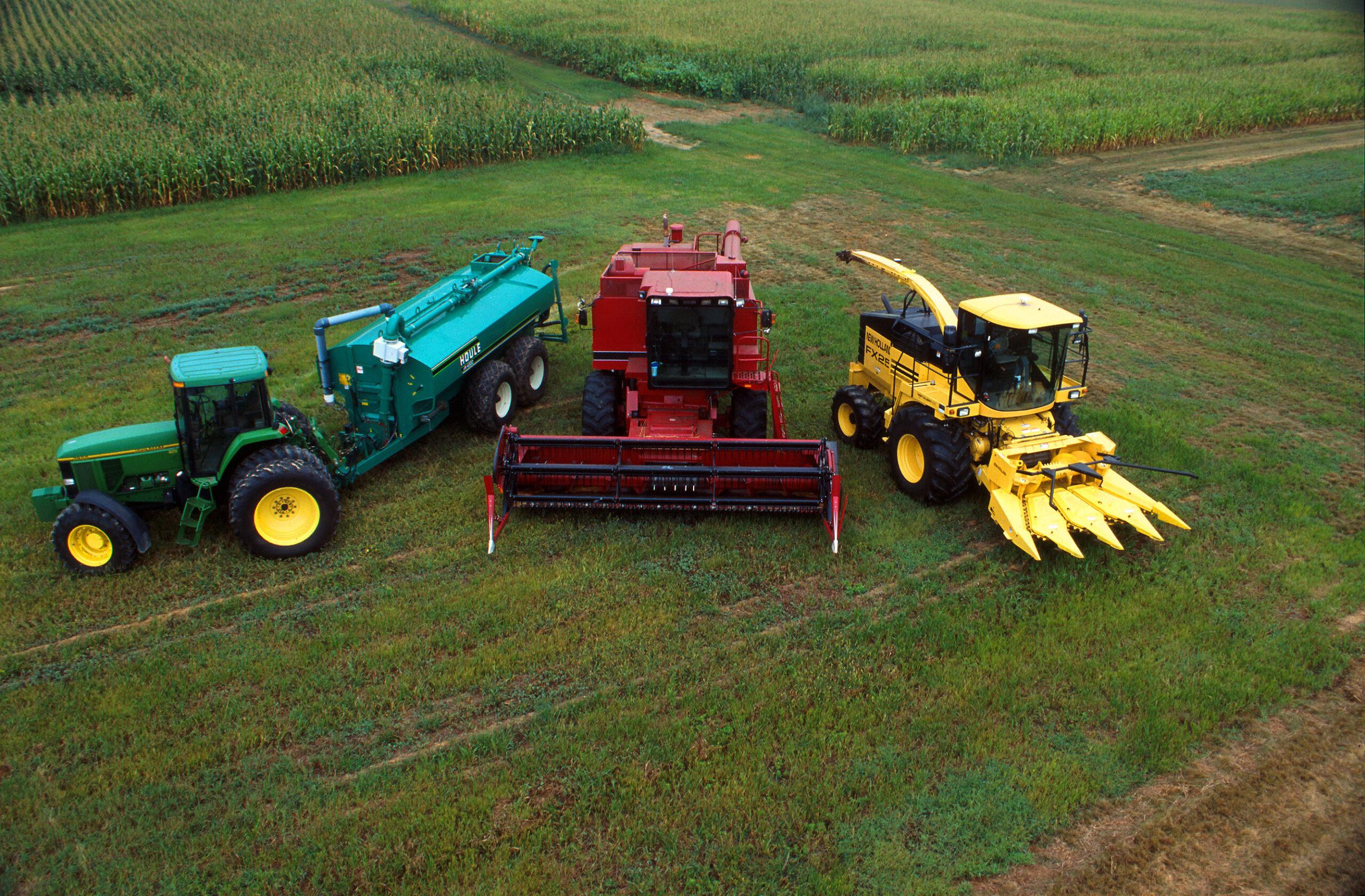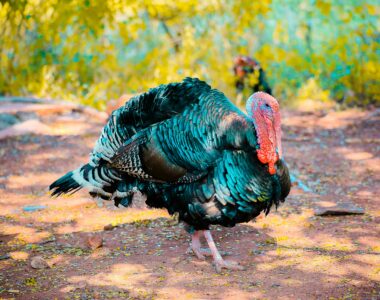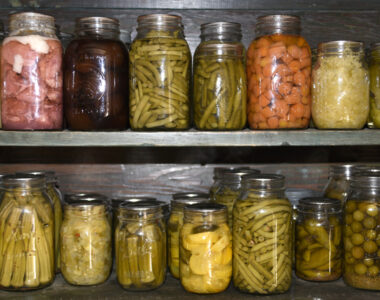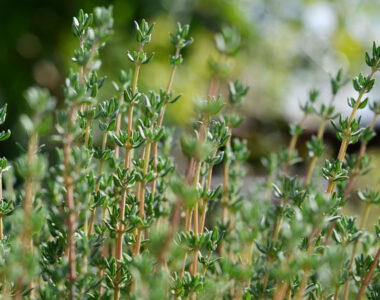
Why Fall Is the Best Time for Equipment Care
The end of harvest offers the perfect window for farm equipment maintenance. Before machinery sits idle through winter, farmers can prevent costly breakdowns by tackling repairs and inspections now. Routine maintenance not only extends equipment life but also ensures everything runs efficiently when spring arrives.
Start with Your Core Machines
Combines, tractors, and trucks work the hardest during harvest. Begin farm equipment maintenance by cleaning off residue, inspecting belts and bearings, and checking fluids. Replace worn parts and lubricate key areas to avoid corrosion. If storage space allows, park equipment under cover or inside a shed to protect it from weather damage.
Grain handling systems and dryers also need attention. Check augers, fans, and sensors for buildup or wear. Keeping these components clean and calibrated helps prevent fire hazards and energy loss.
Don’t Forget Implements and Attachments
Implements like plows, planters, and tillers often get overlooked after harvest. Inspect frames, discs, and hoses for cracks or leaks. Label items that need repairs or replacement so they’re ready to go when planting season returns. Farm equipment maintenance now saves time and money when schedules tighten in spring.
Keep a Maintenance Log
Track repairs and replacements in a simple notebook or digital log. Recording farm equipment maintenance details—such as oil changes, part numbers, and inspection dates—helps you plan budgets and identify recurring issues.
The Takeaway
Fall maintenance is one of the most productive investments a farmer can make. By prioritizing equipment maintenance, you protect your machinery, improve safety, and start the next growing season with confidence. The work you do now pays dividends when every minute counts in the field next spring.
The JCB Fastrac 6000 Tractor Brings Speed and Comfort to Modern Farming



